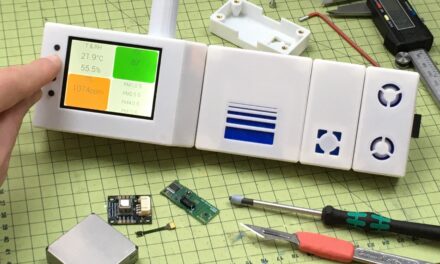“We are entering uncharted territory in the field of autonomous driving,” said Dr Peter Mertens, senior vice president research and development of Volvo Car Group. “Taking the exciting step to a public pilot, with the ambition to enable ordinary people to sit behind the wheel in normal traffic on public roads, has never been done before.”
As the Drive Me project enters its second year, Volvo Cars is moving rapidly towards the aim of placing 100 self-driving cars in the hands of customers on selected roads around Gothenburg by 2017. The key to making this unprecedented leap is a complex network of sensors, cloud-based positioning systems and intelligent braking and steering technologies.
“Autonomous driving will fundamentally change the way we look at driving. In the future, you will be able to choose between autonomous and active driving,” said Dr Mertens. “This transforms every day commuting from lost time to quality time, opening up new opportunities for work and pleasure.”
Volvo Cars’ Autopilot system is designed to be reliable enough to allow the car to take over every aspect of driving in autonomous mode. The main challenge is to design an Autopilot that is robust for traffic scenarios as well as for technical faults that may occur. It cannot be expected that the driver is ready to suddenly intervene in a critical situation. Initially, the cars will drive autonomously on selected roads with suitable conditions, for example without oncoming traffic, cyclists and pedestrians.
Handles complicated scenarios
On the road, the complete technology solution shall handle even the most complicated scenarios, from smooth commuting to heavy traffic and emergency situations.
When autonomous driving is no longer available – due to exceptional weather conditions, technical malfunction or the end of the route has been reached – the driver is prompted to take over again. If the driver does not take over in time, the car will bring itself to a safe place to stop.
“Developing a complete technological solution for self-driving cars is a major step. Once the public pilot is up and running, it will provide us with valuable knowledge about implementing self-driving cars in the traffic environment, and help us explore how they can contribute to sustainable mobility,” said Erik Coelingh.



